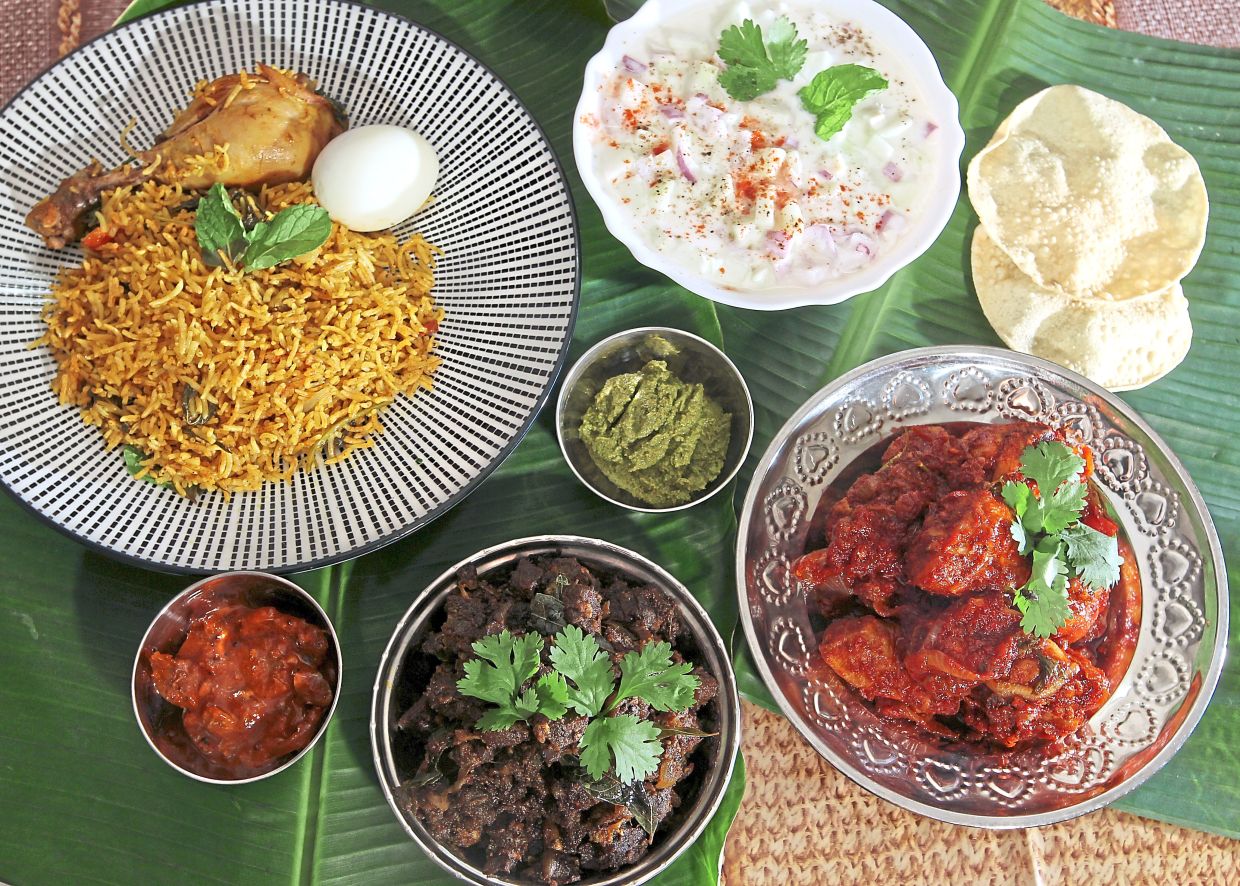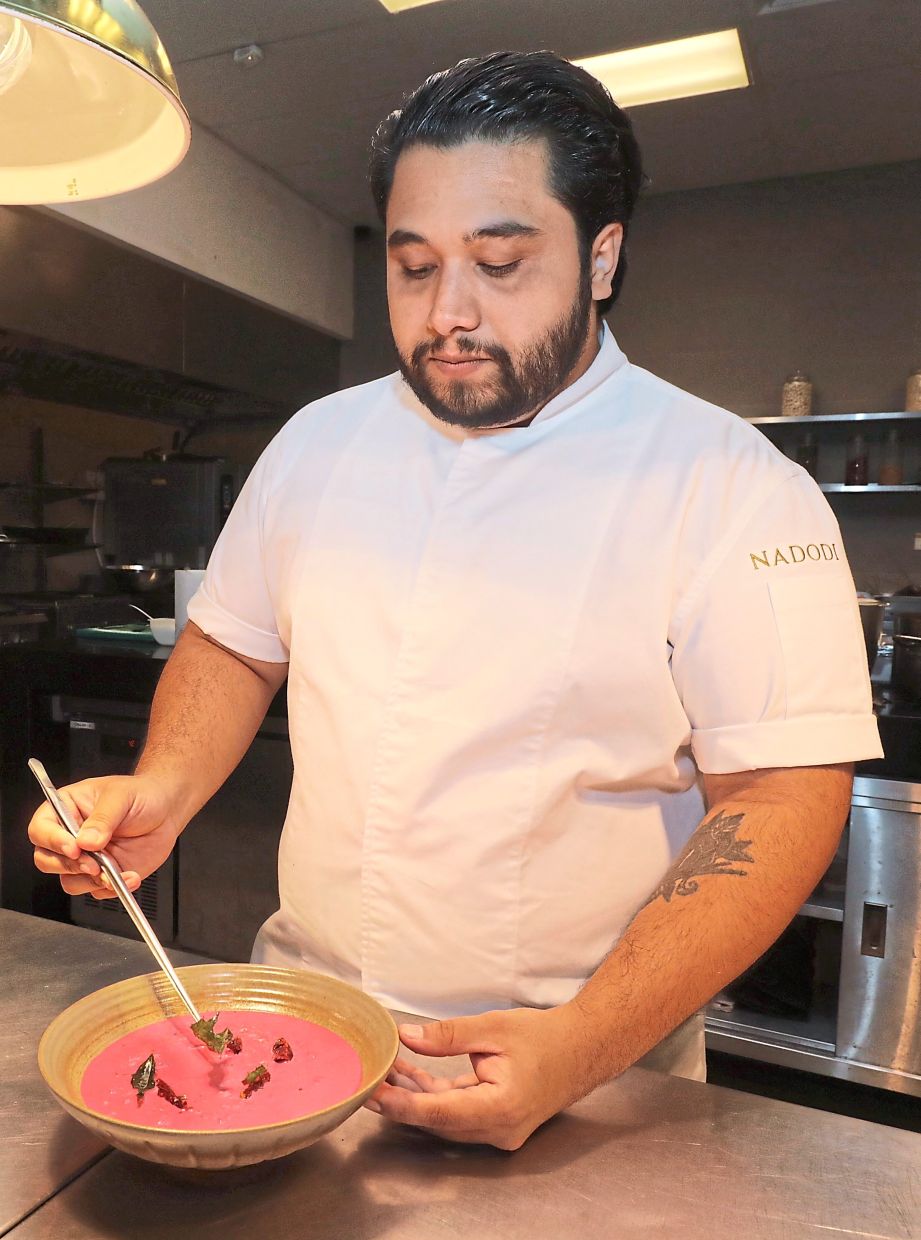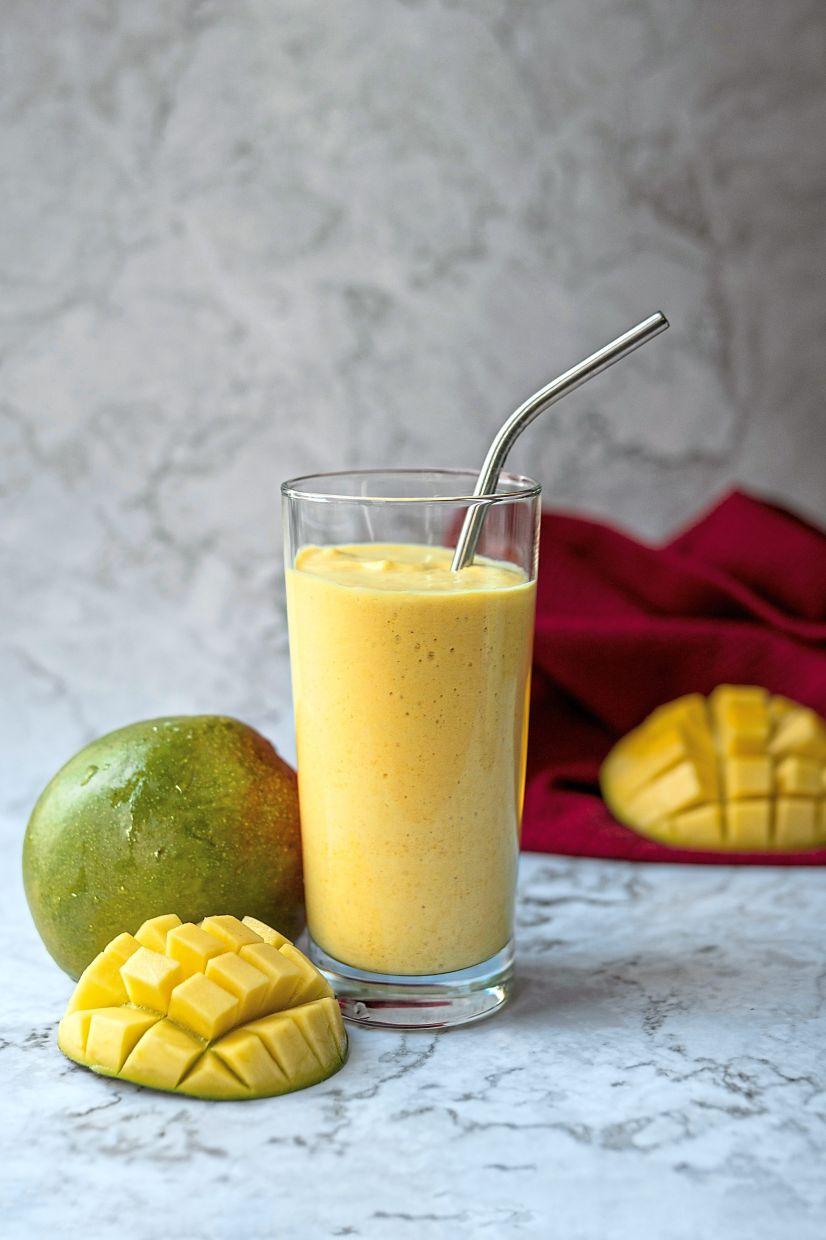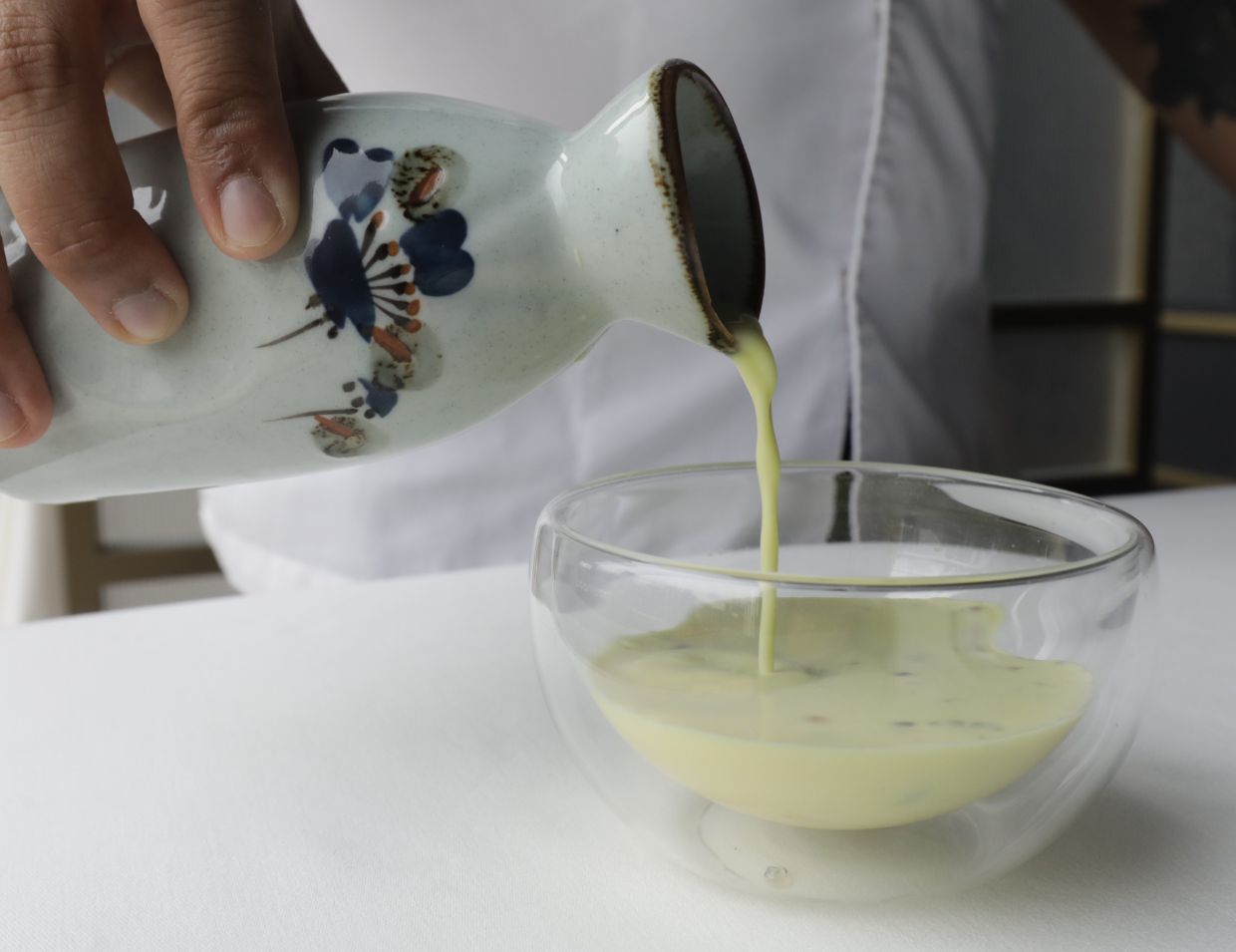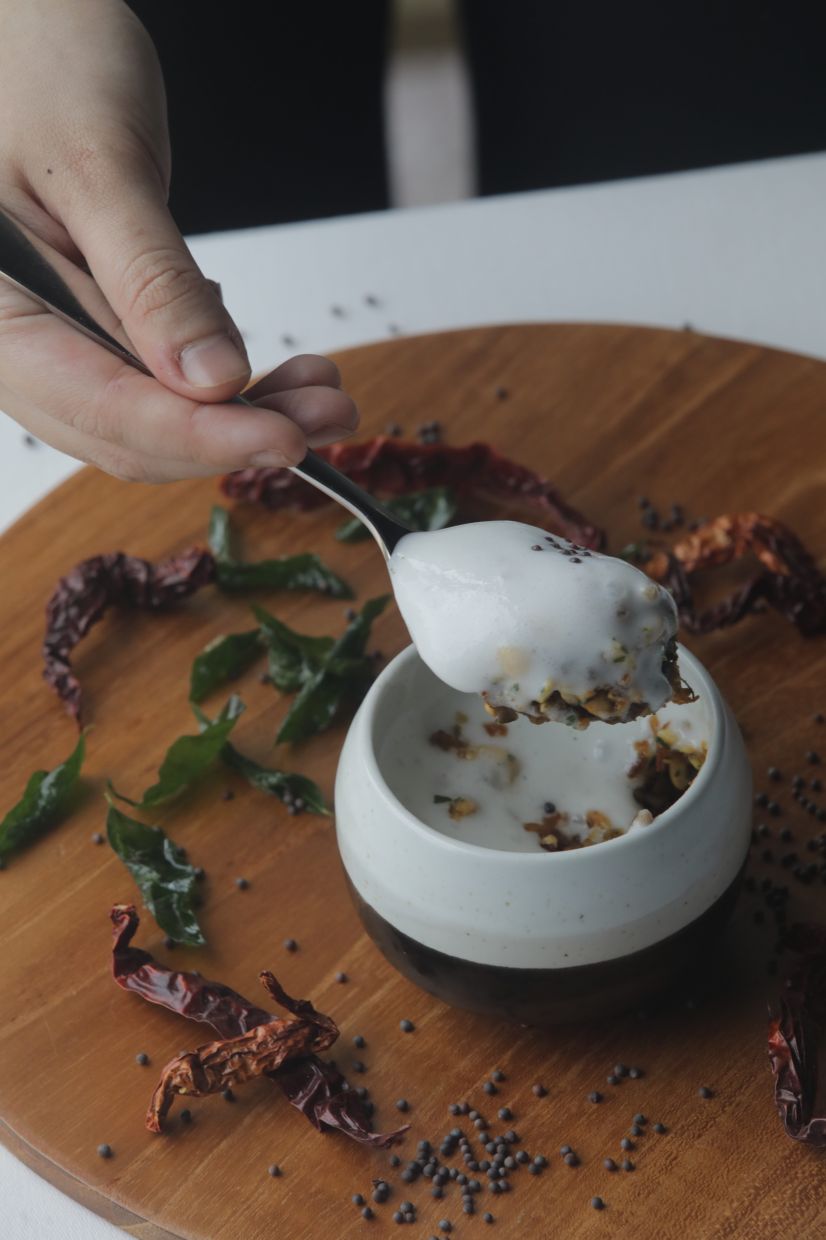In India, homemade curd is still popular among home cooks, who use an acidic element like lemons or leftover starter to make it. — MICHEILE HENDERSON/Unsplash
WHEN I was growing up, I spent a lot of time in my grandmother’s house and there was never a day when we didn’t have curd or ‘tairu’ as it is called in Tamil – on the dining table.
My grandmother made the curd herself, set in a large enamel pitcher with a matching lid. When she beckoned us over for lunch or dinner, that jug always made an appearance. We ate yoghurt and curd liberally, ladled over our rice or incorporated into other dishes like vegetable raitas.
My experience certainly isn’t unique. In most Indian households, yoghurt and curd are staples, and both are as synonymous with Indian food as Yoda is with Star Wars.
A brief history
Yoghurt has ancient roots, with the earliest known reference dating back to 6,000 BCE in Indian Ayurvedic texts, according to an article in Harvard’s TH Chan School of Public Health’s publication The Nutrition Source.
The word ‘yoghurt’ itself is thought to be derived from the Turkish word ‘yogurmak’ which means “to coagulate or thicken”. Like many old foods, the exact origins of yoghurt are hard to determine, but it is believed to have roots in the Middle East or Central Asia.
The theory behind its creation is that nomadic tribes carried pouches of milk in animal skins. Naturally occurring bacteria multiplied and over time, the body heat of the nomads caused the milk to ferment and eventually become the genesis of yoghurt.
These days, the making of yoghurt is rooted in some degree of precision. Yoghurt is made when heated milk is combined with the Lactobacillus bulgaricus and Streptococcus thermophilus bacteria and left to sit for several hours at a warm temperature. The bacteria converts the sugar in milk to lactic acid and thickens it, developing the flavours so familiar to most of us.
Interestingly, it was only in the early 20th century that a Bulgarian scientist named Dr Stamen Grigorov identified the bacterium that causes milk to ferment – the bacterium is now named after Bulgaria and his village is now home to a yoghurt museum!
Curd, on the other hand, is probably yoghurt’s lesser-known sister. Used liberally in Indian food, curd is normally homemade and is made by leaving milk to curdle naturally or using a starter/previous batch of curd or adding an acidic element like lemon juice, whereas yoghurt is made by fermenting milk with two specific cultures of bacteria and is often commercially produced.
Because of the controlled bacteria inclusion, yoghurt often has a more consistent taste, whereas curd – because of the various lactic acid inclusions – can vary from batch to batch. Texture-wise, curd is softer on the palate, while yoghurt tends to be creamier. Yoghurt also has a longer shelf life.
Of the two, yoghurt has also shot to global stardom and accessibility, while curd continues to be a mainstay in Indian food.
Today, yoghurt is ubiquitous – available commercially in most supermarkets and grocery stores in various flavours, from vanilla to strawberry. In its original format – with no added sugars – it is a healthy everyday ingredient that is a probiotic as well as a rich source of calcium. Between curd and yoghurt, the latter is a better option for those who are lactose-intolerant, as although curd has less lactose than fresh milk, it has a higher lactose content than yoghurt, which goes through more fermentation.
Indian culinary usage
Few culinary cultures in the world have embraced yoghurt and curd as wholeheartedly as the Indian subcontinent, where they are now indispensable. In the Indian recipe arsenal, yoghurt can be an undercover hero, a subtle ancillary character or the lead star – depending on its usage.
“I think yoghurt in Indian cuisine is something that’s so normal, you know – it’s always there. Growing up, when my mom cooked biryani or ghee rice, we always had a cool yoghurt dish to balance all the spiciness, so I think in many Indian families, having a yoghurt-based dish to offset spicy or heavier dishes has become engrained,” says Yavhin Siri, who helms acclaimed Michelin Selected modern Indian restaurant Nadodi in Kuala Lumpur.
Indian curd is often made using whole milk but sometimes also incorporates buffalo milk. In most households, a previous batch of curd is used as a starter for fermentation. Indian curd’s closest cousin in terms of taste is smooth, creamy Greek style yoghurt, where the whey has been strained to create a richer texture. Indian curd, on the other hand, is often chunkier with a slight tang and typically includes live bacteria, which promotes gut health.
Throughout India – yoghurt and curd are used in every possible culinary combination, sometimes interchangeably, as the two taste fairly similar and increasingly, younger people are no longer making homemade curd themselves.
Yoghurt is a key element in yoghurt-based drinks like mango lassi, which infuses fresh mangoes with yoghurt. In many Indian recipes, yoghurt is also used to tenderise meat. Tandoori chicken, for instance, always features yoghurt in its marination.
Yoghurt is also used liberally in raitas (North India) and pachadis (South India). Both essentially refer to either raw or cooked fruits or vegetables immersed in yoghurt. Within India, there are regional speciality dishes as well. In Kerala for example, a popular yoghurt-based dish called mambazha (pronounced mam-pa-la) pulissery consists of either ripe or slightly unripe mangoes cooked into a yoghurt-based curry.
In all these iterations of raitas and pachadis, tempered ingredients like curry leaves and mustard seeds traditionally crown the dish – although this can also be done away with. In North India, there is even a dish called dahi (curd) tadka, which essentially combines curd with tempered ingredients and turns this into a stand-alone dish.
Within the raita and pachadi family, many variations abound. There are the more common ones like cucumber and tomato raita, as well as iterations like deep-fried okra immersed in yoghurt or spiced tomato cooked till it breaks apart, after which yoghurt is added.
Yavhin, for example, makes a delicious beetroot pachadi, which features thinly sliced beetroot cooked till pliant and bathed in a rich yoghurt dressing. It is sensationally good – earthy, rustic and incredibly redolent of home and hearth.
“It’s very, very simple, but it has so much flavour and earthiness from the beetroot as well. It’s an essential side dish for the Onam sadhya (vegetarian feast served during the Onam festival in Kerala, India or among the Malayalee community elsewhere in the world). I think during Deepavali, a lot of people will probably want to make it as well,” says Yavhin.
Then there is curd rice (thayir sadam), a South Indian dish of leftover rice mixed with curd or yoghurt and salt and topped with tempered spices. This is a staple in most South Indian homes as a flavourful way to utilise rice from a previous meal.
At Nadodi, Yavhin makes a more elevated, multi-layered version that incorporates a crunchy, spice-nuanced peanut base alongside rice and yoghurt, an idea that he says home cooks can make use of during Deepavali if they’re looking to transform their curd rice into something beyond the norm.
“We normally just have curd rice as it is and maybe eat it with some pickles or papadom. But I think you can jazz it up with some peanut crumble and curry leaves. So instead of the usual soft curd rice, it becomes very textural and there’s like a ‘wow’ factor for family or guests trying your food,” says Yavhin.
Yavhin also makes a rather unique dish called moru rasam, which infuses a variety of spices with curd to elicit a dish that is light and yet has the pronounced tanginess so familiar to rasam lovers.
“I think it’s a little unusual to people over here but it’s very common in the south of India. So usually what we do with rasam is we use tamarind and tomatoes for tanginess. But the souring agent in this is completely just yoghurt. So maybe instead of making the usual rasam, I think people should try this because I think they’ll end up liking it more,” says Yavhin, laughing.
MORU RASAM
Serves 2
For the yoghurt mix
200g yoghurt
150ml water
1 tsp salt
For tempering
2 tbsp ghee
1 tsp cumin
½ tsp mustard seeds
2 bird’s eye chillies
5 curry leaves
¼ tsp turmeric powder
2 dried chillies
1 tsp black gram (ulunthu)
a few sprigs of coriander leaves
To make
Blend water, yoghurt and salt together. Set aside
In a pot, heat up ghee on medium heat and once melted, add all spices listed. Cook till the spices start crackling.
Turn off the heat and add the yoghurt mixture. On very low gentle heat, heat up the yoghurt mixture for a very short while until fully absorbed. Remove from heat.
Garnish with some coriander leaves. Serve hot with rice.
NADODI’S CURD RICE (SIMPLIFIED)
Serves 2
For curd rice
200g cold overcooked rice
100g fresh yoghurt
For tempered oil
½ tsp mustard seeds
6 curry leaves
½ tsp cumin seeds
1 pinch asafoetida
1 tsp any Indian pickle (oorga)
For peanut crumble
2 tbsp roasted peanuts
5 curry leaves
1 tsp fried onions
1 tsp fried garlic
2 pinches chilli powder
½ tsp lemon juice
salt to taste
For garnishing
A few papadoms
To make
Mix the cold overcooked rice and fresh yoghurt together. Set it aside.
In a small pan, heat up some oil and temper the spices till it starts crackling.
Pour the spiced oil into the rice and yoghurt mixture and mix well. Add salt to taste.
Put all the ingredients for the crumble into a blender and use the pulse/short burst button twice. Avoid blending to a fine powder. We want a crunchy crumble.
To assemble the dish, layer the crumble at the bottom of a small bowl. Add as much pickle as you like and pour the yoghurt and rice mixture over this. Garnish with a few fried curry leaves and enjoy with some papadoms.


